Why Fall Is the Best Time for Planting
http://decor-ideas.org 10/11/2014 23:13 Decor Ideas
Garden centers have us tricked, and we help them trick us. After a long winter of reading magazines full of tantalizing plants and flowers, we itch for the first warm day. Nurseries make most of their annual income in the spring, which almost everyone considers to be the best time to plant a garden.
But it isn’t. Fall is the best time to garden, and it’s about time we realized this. Not only is cooler weather easier on new plants and tired bones, but planting in a spent garden with rain on the horizon also has advantages. Here’s more on why planting in fall can make spring gardens more robust than we might have imagined.
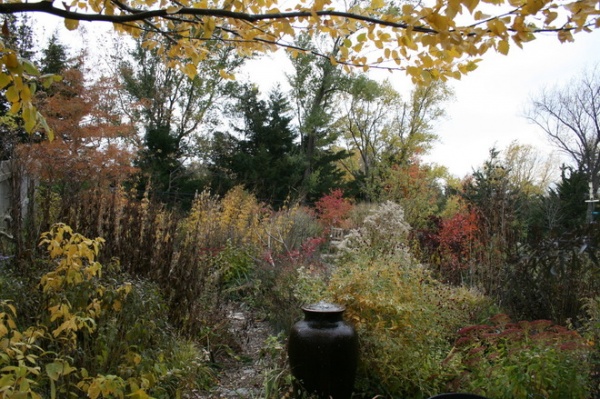
Cooler weather helps plants and people. I confess from the get-go that I’m an autumn junkie. I love the cool mornings followed by warm afternoons and a return to coolness in the evenings. I love the leaf colors, which are so much more profound than those of flowers. I love the insects rushing to gather pollen and nectar to overwinter or migrate. I love the smell of decay after a rain shower. I love the first frost hanging on every leaf and stem. But I really love autumn for the gardening energy it provides — I’m not sweating like a hog 30 minutes into planting or dividing, and the soil is very workable, so I can go for hours.
Plants love fall, too. Their leaves aren’t stressed by scorching sun, and cooler temps lessen the demand for water from the roots. I’m a firm believer that fall-dug plants are more robust than spring- or summer-dug plants.
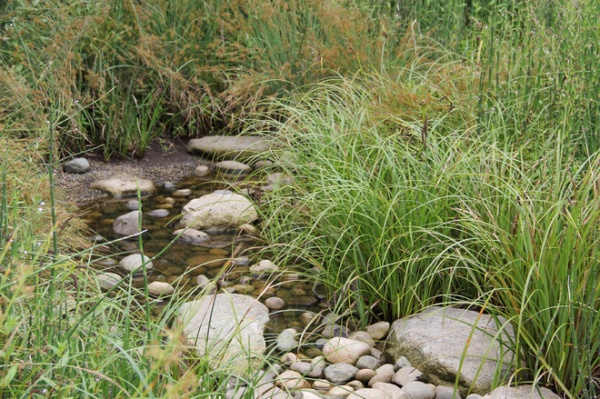
Less watering means lower maintenance. If you plant in spring or summer, more often than not you have to dutifully keep up with watering during those first few weeks or months. Constant observation of your new darlings gets tedious as the heat ramps ups.
When planting in fall, I water the plants in their pots a few hours before digging so they can soak up what they need, then I stick them in the ground and leave until forever. Now, I’m talking perennials here. For shrubs and trees, it’s good to thoroughly water the soil in the new hole to get it nice and tight around the new roots you’ve teased out from the root ball, and a warm day in January might be perfect for watering if it’s been a dry winter. But I easily plant perennials into early November here in zone 5, in Nebraska (find your zone).
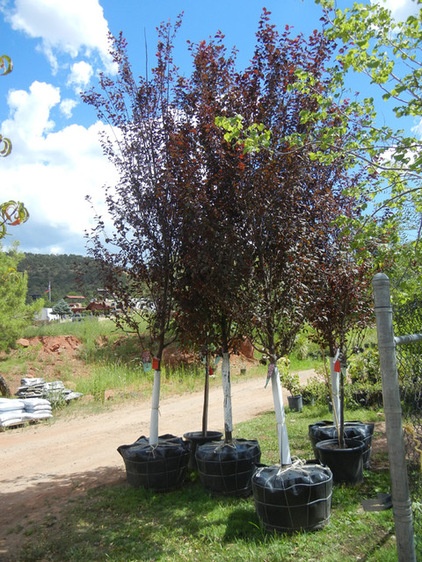
You can plant later. Let’s say you buy a tree at 50 percent off before the nursery closes for winter in mid-October. Ideally, you’d plant it right away, but really you’re fine waiting several weeks, so feel free to go watch some football. Again, I’m in zone 5, and we garden mavericks dig shrubs and trees into late November.
In fact, it might be easier on the trees once their leaves are gone. There’s less pressure to devote resources to keeping them alive, and all of their effort is dedicated to growing roots. That’s the benefit of fall digging for all plants: You’re helping them concentrate on roots, so when they come back in spring, they’re ready to put on more top growth in the form of lovely foliage and stunning blooms. If you plant in spring or summer, you have to wait an entire year to see those results.
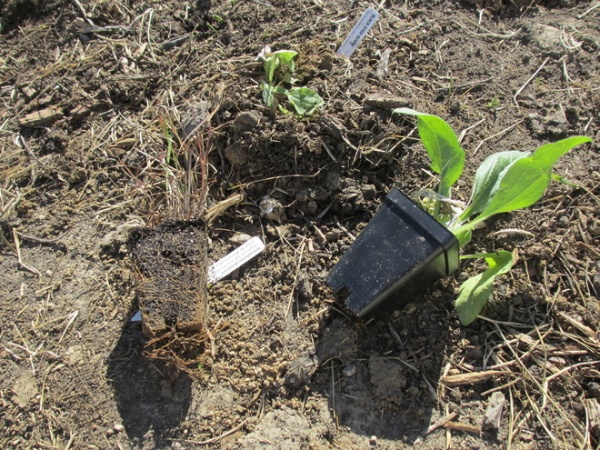
Smaller sizes make for better plants. This is a bit of a generalization, but overall you might as well save money and buy smaller plants — 3-inch pots and plugs, trees in gallon containers etc. With a smaller root zone that, hopefully, isn’t spun round and round the root ball, you’ll get a plant that will suffer less from transplant shock and become established as fast as, or faster than, a larger specimen.
I love the small pots pictured here. It’s easier to tease out the roots so they make contact with the new soil in my garden, and they’re easier to haul around. After a few hard freezes, make sure you have a few inches of mulch tucked in around your plants to prevent frost heaving (if you live in an area where the ground freezes).
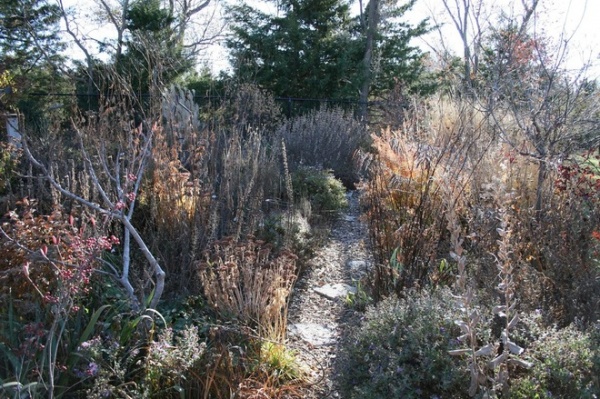
It’s easier to see where you need to add plants. Of course, you should leave your plants up for winter to help the garden insulate itself, capture moisture and protect overwintering pollinators, but it also will help you see where the gaps between plants are. Maybe a grass is needed in an open spot, or you realize you want some spring blooms to pop in one bed. Now’s the time to make those changes while the mosquitoes and leaves are gone. You can actually see the ground and get to it through the skeletons of the year’s growth.
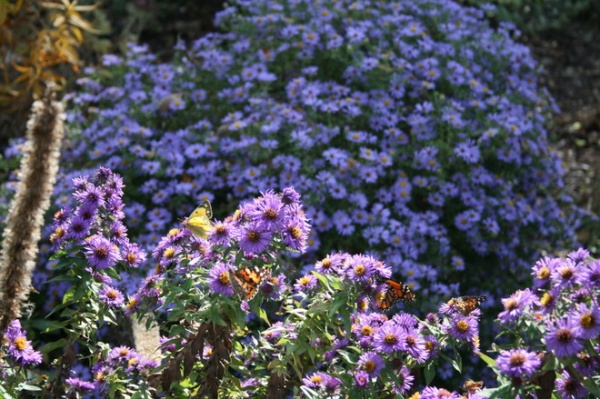
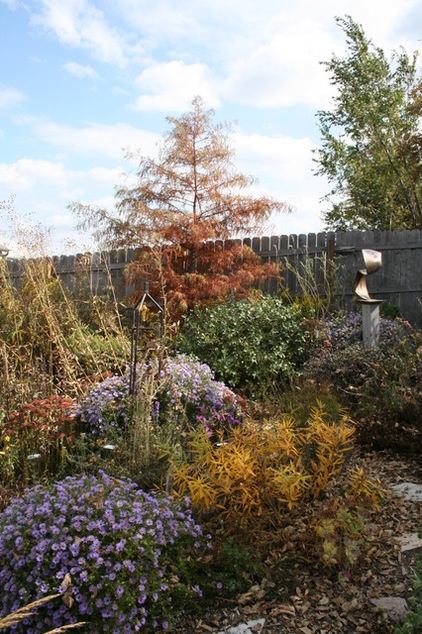
How long into fall that you can plant obviously varies by location: In the northern regions or at higher elevations, you’ll want to be digging in August and September, whereas toward the coasts and the southern regions you might be able to go into December (Christmas presents!). Over the years I’ve come to do most of my planting and dividing in fall, so that when spring comes, all I have to do is go outside and enjoy the fruits of my autumn labor. The plants will thank you with more robust root systems and hopefully a show worth savoring from the nearest garden bench.
More:
Make This Fall’s Garden the Best Ever
More Houzz guides to fall gardening
Related Articles Recommended












